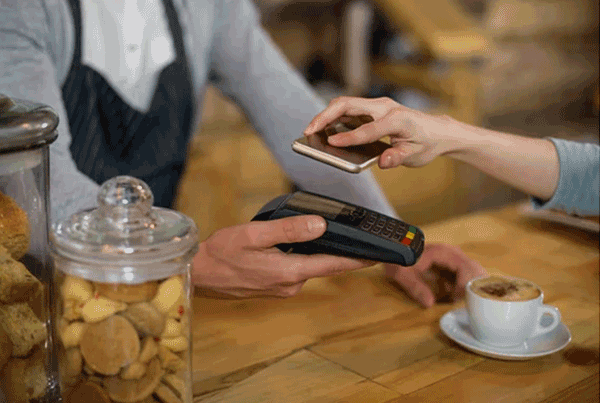Are restaurant surcharges really necessary?

Diners have seen a raft of surcharges implemented at restaurants over the past two years, with restaurateurs saying the fees are necessary to cover the costs of payment providers.
However, experts have called the extra fees “highway robbery”, with a $14 kid’s schnitzel at the Lorne Pub on the day of the famous Pier to Pub, costing $15.71 if ordered through a QR code and in addition to a 10 per cent venue surcharge of $1.40 and a 31¢ payment service fee.
Fees have increased as cash payments have decreased.
The Lorne Pub is owned by Justin Hemmes, who said a 10% surcharge was added to cover extra security costs and entertainment.
Brunetti Oro owner Yuri Angele said he would avoid surcharges if possible at his Flinders Lane café, which charges 1.2% for card payments during the week, 10% on weekends and 15% on public holidays.
“The charges became significant and we had to deal with them, so we decided to add on the surcharge,” Angele told The Age. “Everyone is doing it now, so the customer is used to it and is accepting.”
Frankie’s Top Shop owner Michele Curtis told The Age that payment fees are part of her operational costs as electricity and gas would be.
“I understand why people are doing it. Costs are going through the roof left, right and centre. [But] for me, it leaves an unpleasant taste.”
The problem is one of perception according to professor of consumer behaviour and retail marketing at QUT Gary Mortimer.
Charges are no longer part of the advertised price but added extras.
“Possibly a while ago, bistros and restaurateurs were happy to wear that cost in order to bring patrons back, but margins are thin and there is a need to potentially push that cost back to the consumer,” he told The Age. “I think the consumer is not fully aware of the cost.”
One restaurateur said operators were being encouraged by restaurant ordering app Me&u to pass fees onto the consumer. That accusation was denied by the company.
A spokesman for Me&u denied that the company encouraged businesses to get consumers to pay the additional cost rather than including it in the advertised cost.
“With our order and pay product, we make money when consumers use the product in venues, so we have zero reason to disincentivise consumers from using our product,” he said. “Passing on the fee to consumers would mean they would use the product less, so that wouldn’t make sense for us to take that approach.”
Cafes, pubs and retailers are required by law to display clear and accurate prices, including additional costs and fees.
“Hospitality venues need to ensure they make consumers aware of any additional costs the business may apply before consumers decide to order,” An Australian
Competition and Consumer Commission spokeswoman.
McLean Roche CEO Grant Halverson said inflation was a big factor in extra fees.
“Technically, what they’re supposed to do is charge the consumer their raw cost of the payment, but they don’t do that,” he said.
“A debit card effectively should cost 0.28 per cent but in fact, the merchant is often surcharging 1.75 per cent, so this is just a highway robbery,” Halverson said. “The average consumer is paying about $140 a year extra and another $75 in surcharges.
All these fees and charges come in and so the consumer is getting whacked, totally whacked.”
He also accused banks and non-banks of gouging on credit card charges.
“The real issue here is what banks and non-banks are charging. It’s over a billion dollars a year. That’s just gouging.”
Jonathan Jackson, 23rd January 2024







